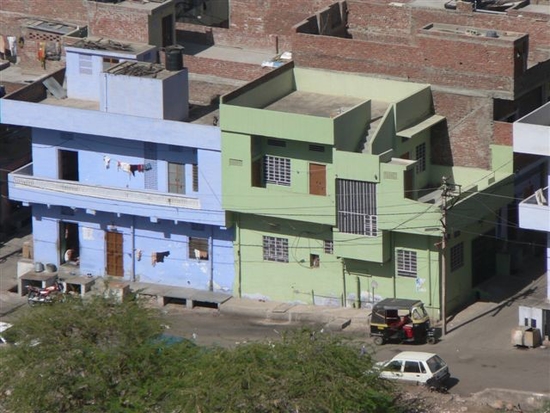The case for inclusionary banking
Though we think of banks as having money, in fact a bank is a marketplace where capital is traded like any other commodity. Banks act as a repository for other people's money, mainly depositors, bank lenders, and bank shareholders. Banks give this money out to people who will pay more to rent money than the bank has to pay its depositors to rent money from them.

To make homes grow like plants, water them with access to finance
Principles of inclusionary banking
- What may look like 'careful credit' to a bank could be bigotry in disguise. So we have to have distinguish the two, which is hard.
- The public interest conveys a public authority to ensure inclusionary banking. The reliance on government bailout for their business model gives the 'pay to play' element an ethical foundation.
- Banks should fulfill their community service through banking. Banks should be encouraged to do banking business – lending, investing, and financial services – because that is what they know how to do and, as they get better at it, they can make money at it.
- Bankers should not have to take non-commercial risks – like political risk, such as non-enforceability of foreclosure rights or the government's respect for contract, including those involving the government.
- Banks' performance should be scored quantitatively, transparently, and in real time. High scores should be quantitatively rewarded; low scores penalized.
Global leadership: US, India, South Africa, Brazil
As you might expect, the nations most adoptive of inclusive banking rules also have national legacies of segregating populations and keeping them apart.
Where is inclusionary banking going?
Globally, inclusionary banking is growing, because given time and appropriate entry conditions, it works. Banks initially resist but then discover that they gain system-wide benefits, including knowledge transfer between banks and community development entities; financial product innovation by banks into new business spaces; and new business activities and profit centers (e.g., community development banks).


